

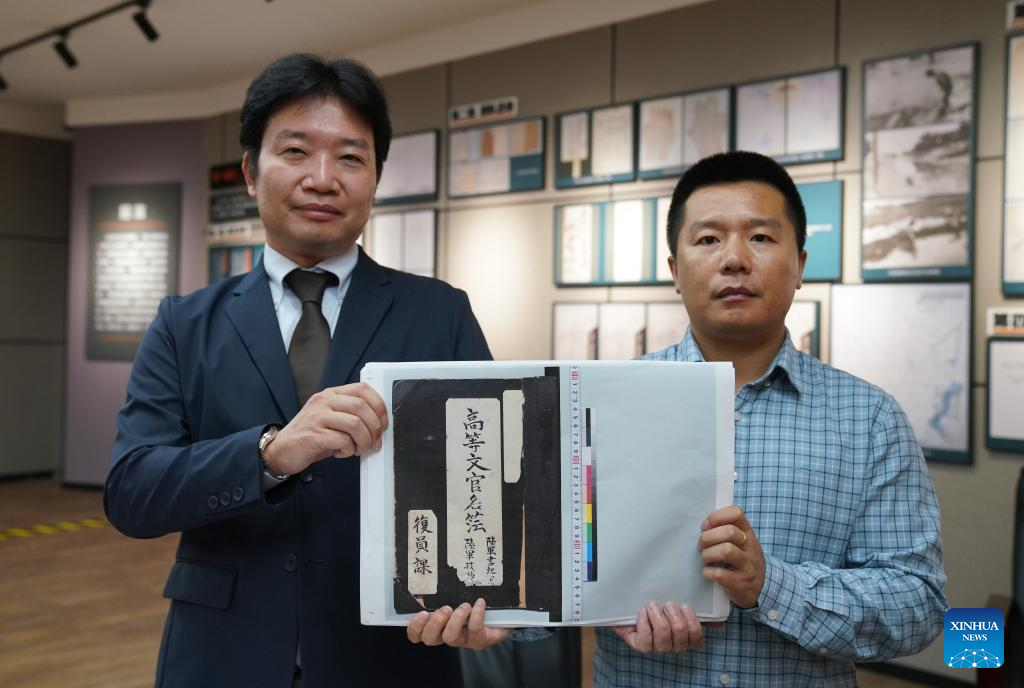
Seiya Matsuno (L), a Japanese scholar, also a distinguished professor at Heilongjiang International University, and Jin Shicheng, a researcher with the Exhibition Hall of Evidences of Crime Committed by Unit 731 of the Japanese Imperial Army, show a copy of the document about the information of technicians in the Japanese germ-warfare detachments during World War II, at the press center of the Hall in Harbin, northeast China's Heilongjiang Province, Sept. 17, 2024.(Xinhua/Wang Song)
HARBIN, Sept. 18 (Xinhua) -- Seiya Matsuno, a Japanese scholar, has disclosed a new document about the information of technicians in the Japanese germ-warfare detachments during World War II, in Harbin, capital of northeast China's Heilongjiang Province.
The 267-page document contains basic profiles of 100 technicians who had been in service from February 1944 to August 1945. Over half of them were from the notorious Japanese germ warfare army known as Unit 731. Information such as appointment time, promotion record, college background, and grades and achievements are included in the document.
The document was discovered in the National Archives of Japan by Matsuno, a researcher at the International Peace Research Institute of Meiji Gakuin University in Japan and a distinguished professor at Heilongjiang International University.
According to Matsuno, technicians referred to technical officials and core research people engaged in specialized technical professions who enjoyed the treatment of senior officials and were incorporated into the army. Most of them served as the heads of various research departments and were mainly engaged in various bacterial experiments and medical research.
According to Jin Shicheng, a researcher with the Exhibition Hall of Evidences of Crime Committed by Unit 731 of the Japanese Imperial Army, preliminary research shows that Unit 731 had a strict evaluation and assessment system for technicians' human experiments. The document marks evaluations for the technicians such as "excellent" and "good."
Jin said the material can provide information for the personnel structure and composition of Unit 731 and other detachments.
Unit 731 was a top-secret biological and chemical warfare research base established in Harbin as the nerve center for Japanese biological warfare in China and Southeast Asia during World War II.
The archives released this time are important evidence for deepening the research of Japanese germ-warfare detachments and of great significance for revealing crimes of Japanese germ-warfare units, according to Jin Chengmin, curator of the Exhibition Hall of Evidences of Crime Committed by Unit 731 of the Japanese Imperial Army.
The crimes committed by Unit 731 were among the most gruesome atrocities of the Japanese invasion of China during World War II.
Wednesday marks the 93rd anniversary of the September 18 Incident in 1931, at which Japanese troops began the bloody invasion of China, foreshadowing World War II and making the country the first to resist fascism.

Seiya Matsuno, a Japanese scholar, also a distinguished professor at Heilongjiang International University, receives an interview at the press center of the Exhibition Hall of Evidences of Crime Committed by Unit 731 of the Japanese Imperial Army, in Harbin, northeast China's Heilongjiang Province, Sept. 17, 2024. (Xinhua/Wang Song)
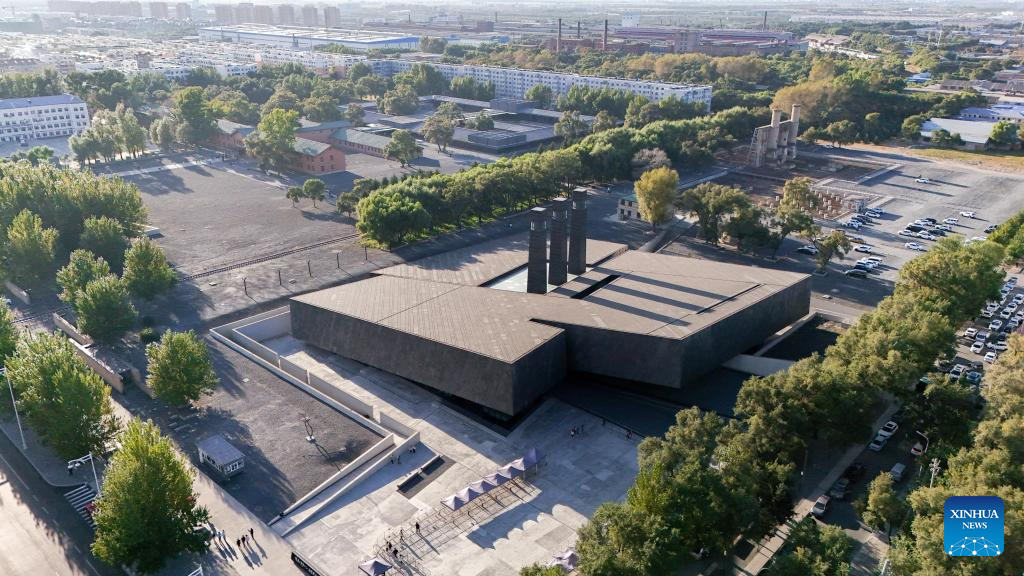
An aerial drone photo shows the Exhibition Hall of Evidences of Crime Committed by Unit 731 of the Japanese Imperial Army in Harbin, northeast China's Heilongjiang Province, Sept. 17, 2024. (Xinhua/Wang Song)
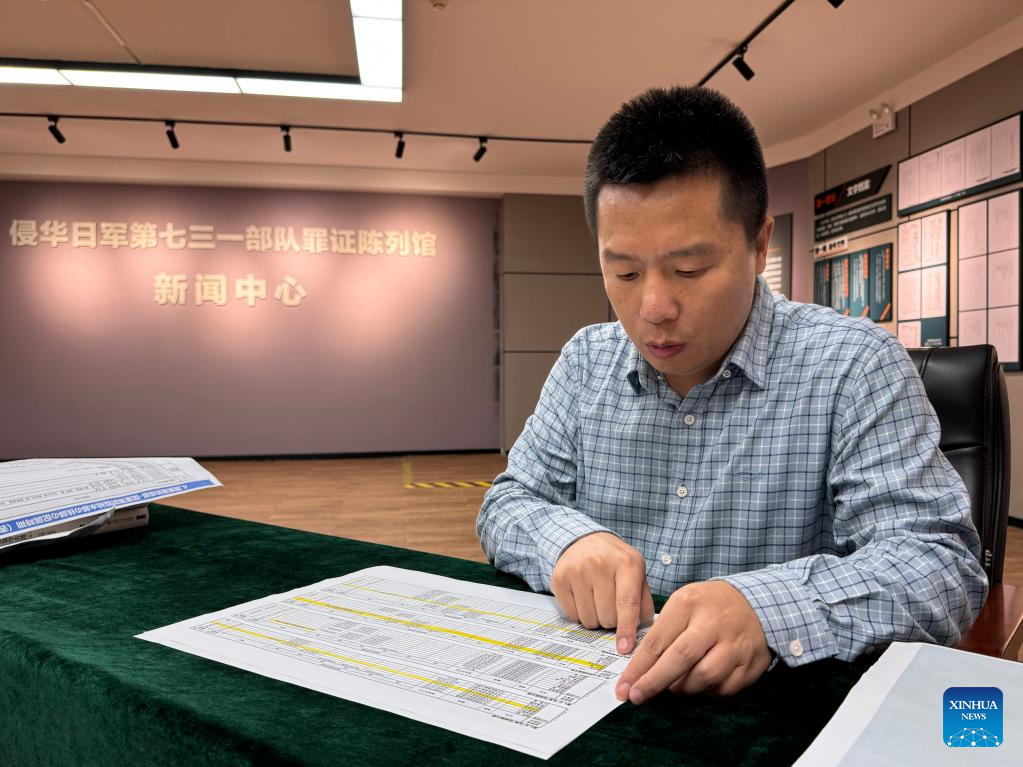
Jin Shicheng, a researcher with the Exhibition Hall of Evidences of Crime Committed by Unit 731 of the Japanese Imperial Army, reads the document about the information of technicians in the Japanese germ-warfare detachments during World War II in Harbin, northeast China's Heilongjiang Province, Sept. 17, 2024. (Xinhua/Yang Siqi)
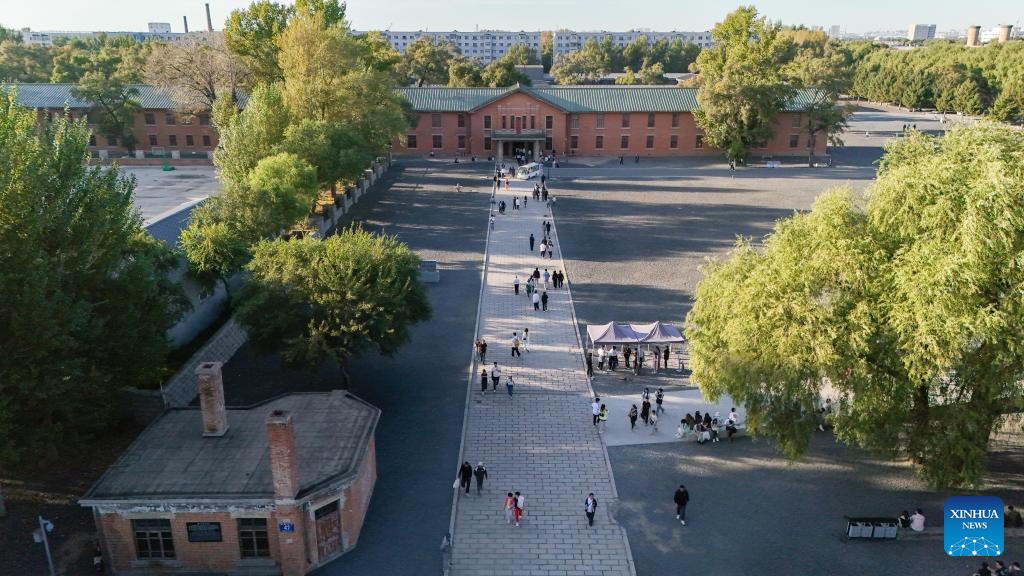
An aerial drone photo shows people visiting the former site of Unit 731 in Harbin, northeast China's Heilongjiang Province, Sept. 17, 2024. (Xinhua/Wang Song)
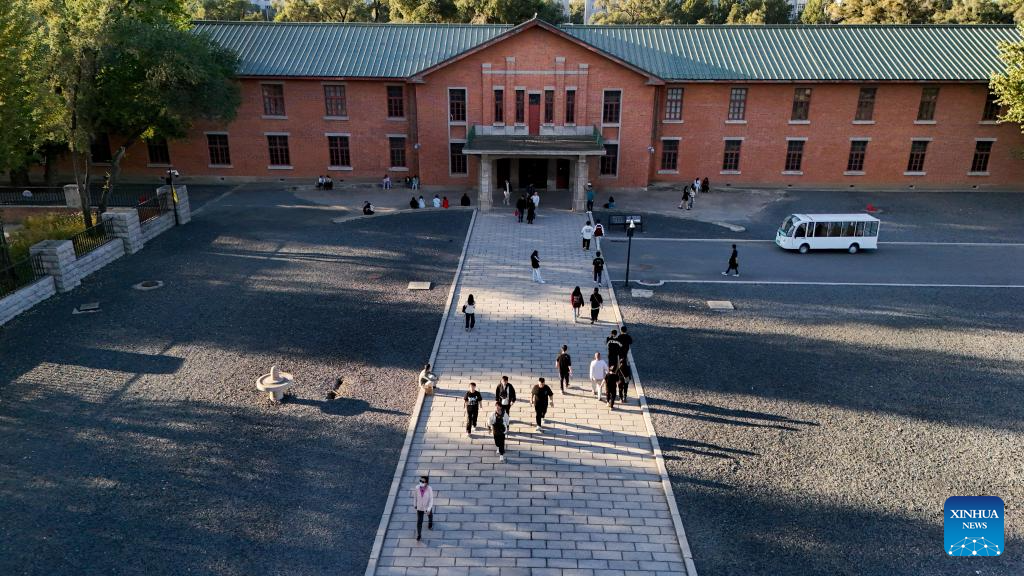
A drone photo shows people visiting the former site of Unit 731 in Harbin, northeast China's Heilongjiang Province, Sept. 17, 2024. (Xinhua/Wang Song)
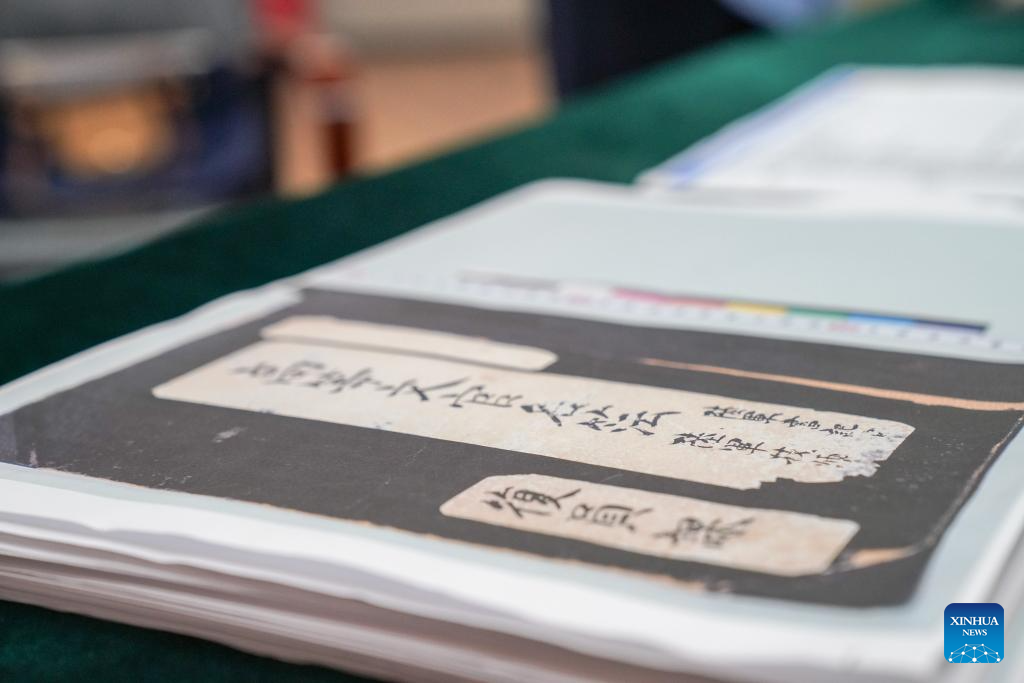
This photo shows a copy of the document about the information of technicians in the Japanese germ-warfare detachments during World War II, at the press center of the Exhibition Hall of Evidences of Crime Committed by Unit 731 of the Japanese Imperial Army, in Harbin, northeast China's Heilongjiang Province, Sept. 17, 2024.(Xinhua/Wang Song)
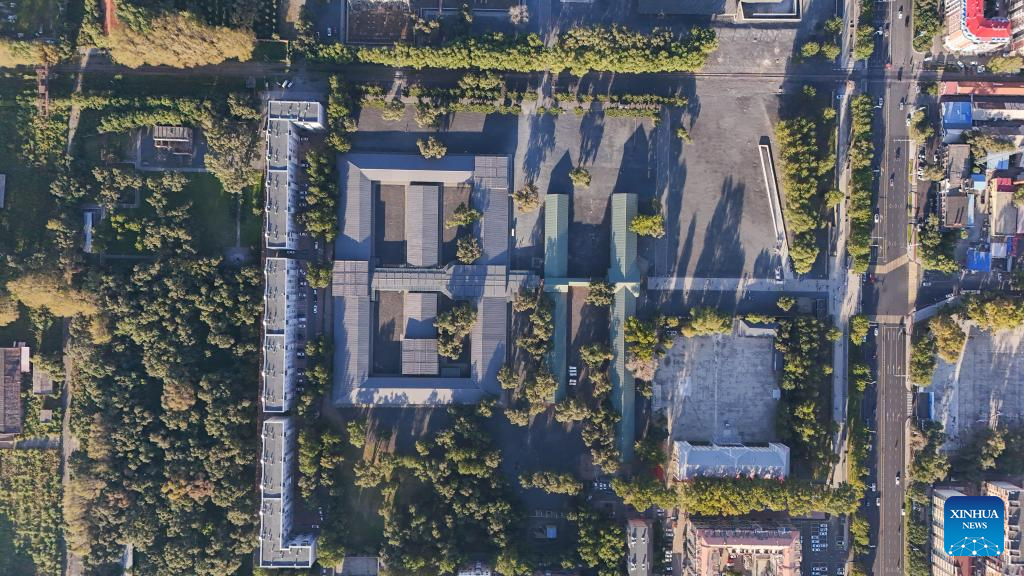
An aerial drone photo taken on Sept. 17, 2024 shows the former site of Unit 731 in Harbin, northeast China's Heilongjiang Province. (Xinhua/Wang Song)
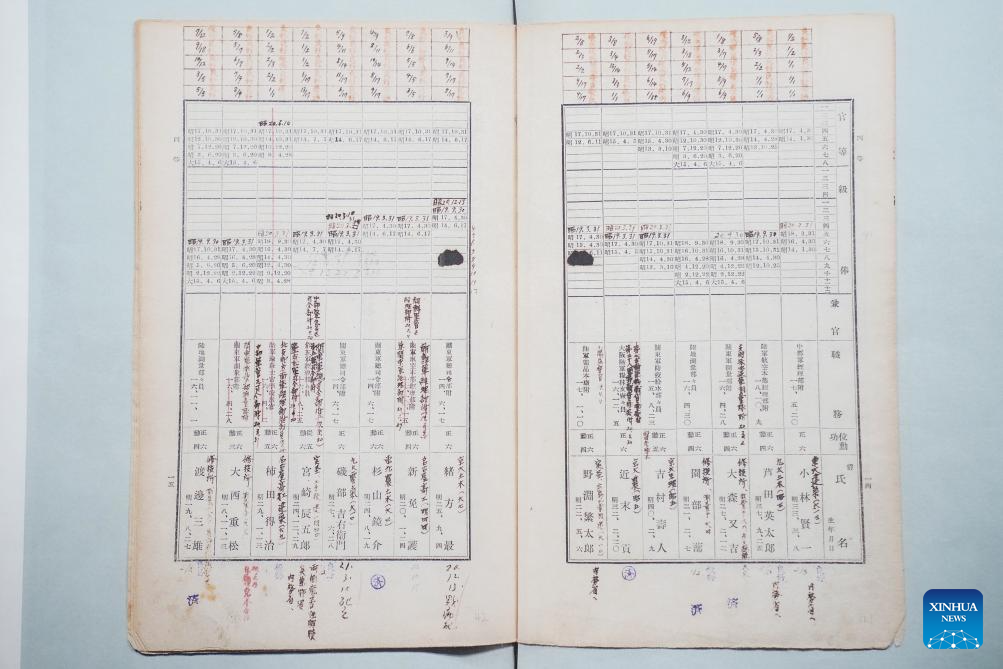
This photo shows a copy of the document about the information of technicians in the Japanese germ-warfare detachments during World War II, at the press center of the Exhibition Hall of Evidences of Crime Committed by Unit 731 of the Japanese Imperial Army, in Harbin, northeast China's Heilongjiang Province, Sept. 17, 2024. (Xinhua/Wang Song)
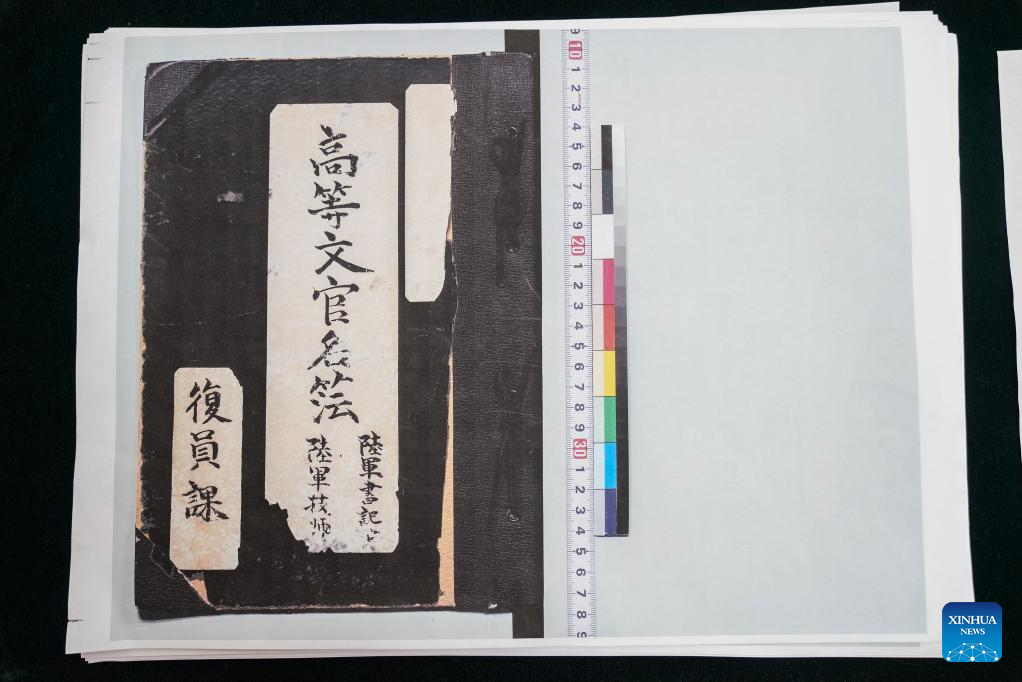
This photo shows a copy of the document about the information of technicians in the Japanese germ-warfare detachments during World War II, at the press center of the Exhibition Hall of Evidences of Crime Committed by Unit 731 of the Japanese Imperial Army, in Harbin, northeast China's Heilongjiang Province, Sept. 17, 2024. (Xinhua/Wang Song)
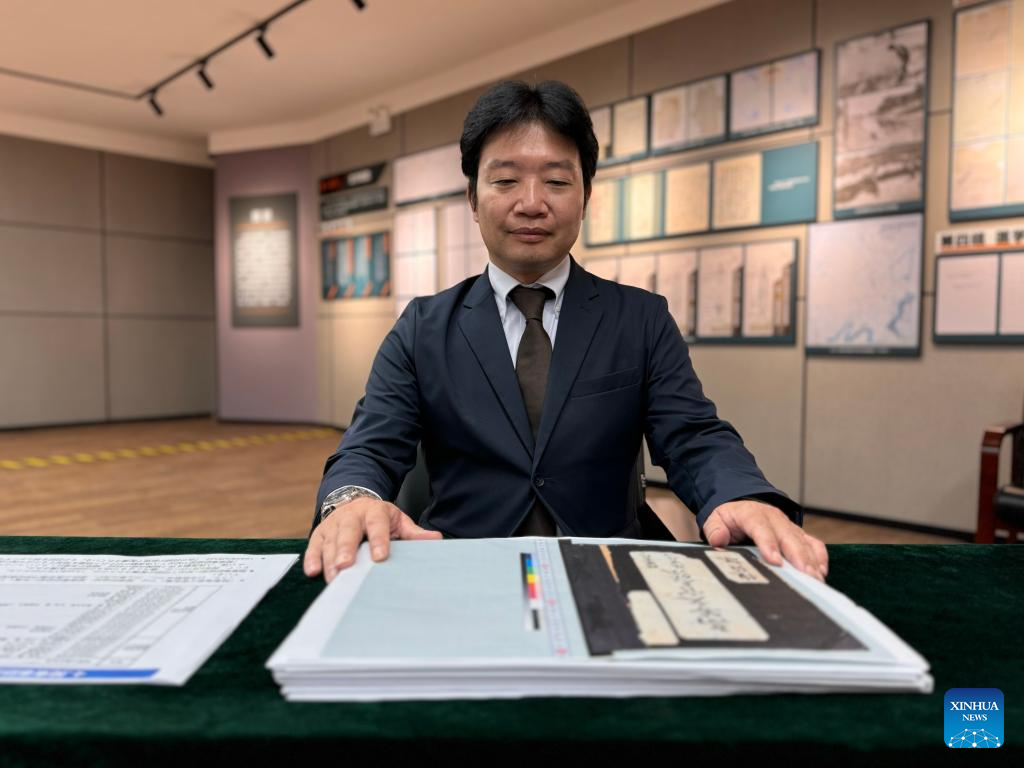
Seiya Matsuno, a Japanese scholar, also a distinguished professor at Heilongjiang International University, shows a copy of the document about the information of technicians in the Japanese germ-warfare detachments during World War II, at the press center of the Exhibition Hall of Evidences of Crime Committed by Unit 731 of the Japanese Imperial Army, in Harbin, northeast China's Heilongjiang Province, Sept. 17, 2024. (Xinhua/Yang Siqi)
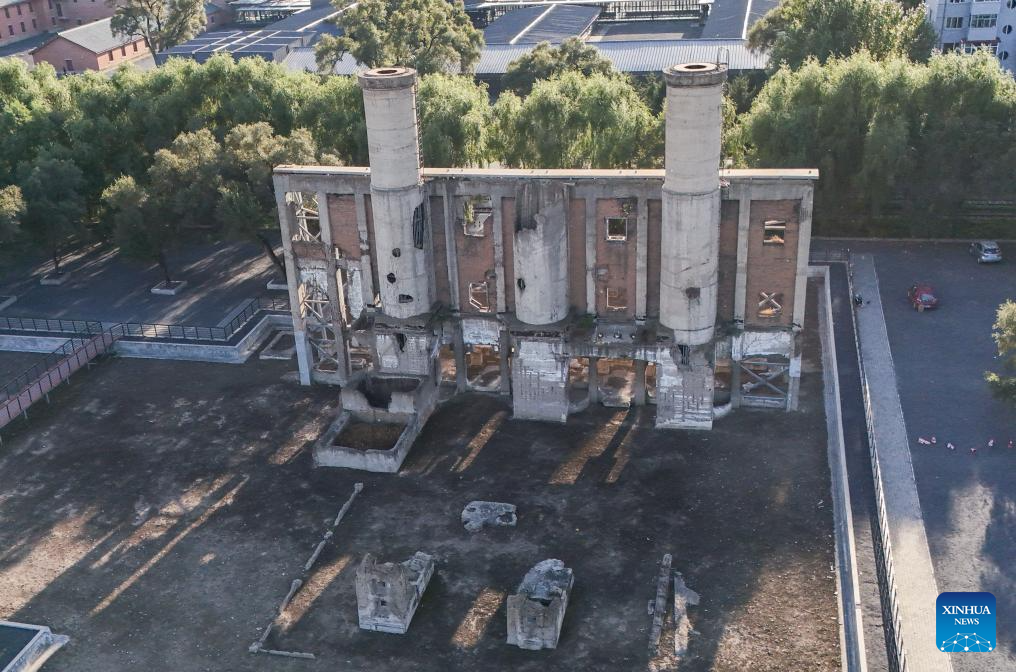
An aerial drone photo taken on Sept. 17, 2024 shows the former site of Unit 731 in Harbin, northeast China's Heilongjiang Province. (Xinhua/Wang Song)
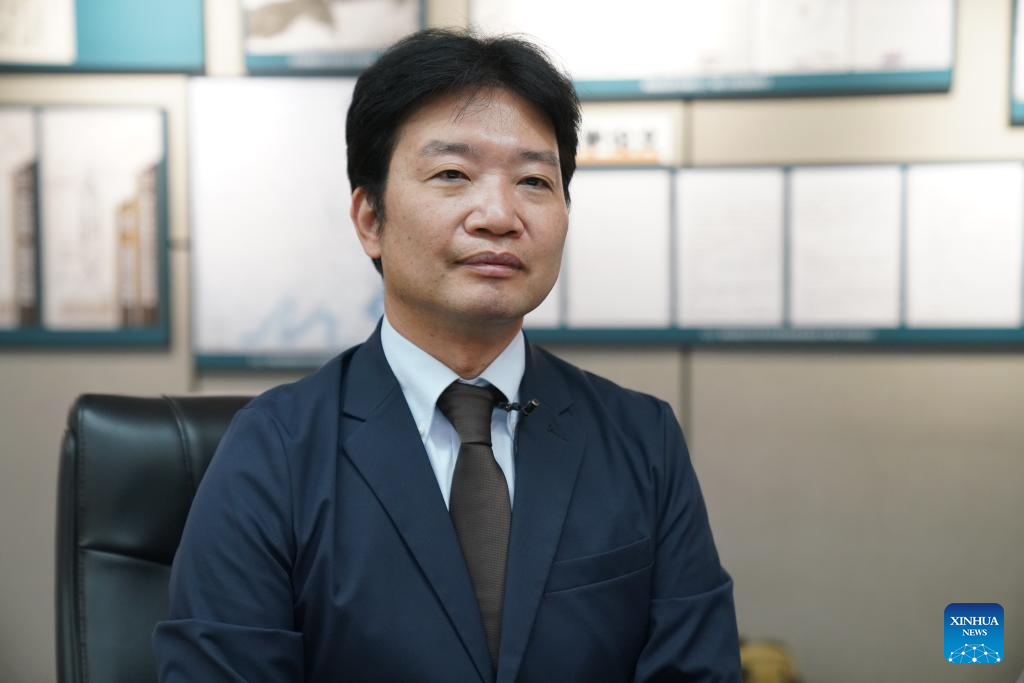
Seiya Matsuno, a Japanese scholar, also a distinguished professor at Heilongjiang International University, receives an interview at the press center of the Exhibition Hall of Evidences of Crime Committed by Unit 731 of the Japanese Imperial Army, in Harbin, northeast China's Heilongjiang Province, Sept. 17, 2024. (Xinhua/Wang Song)
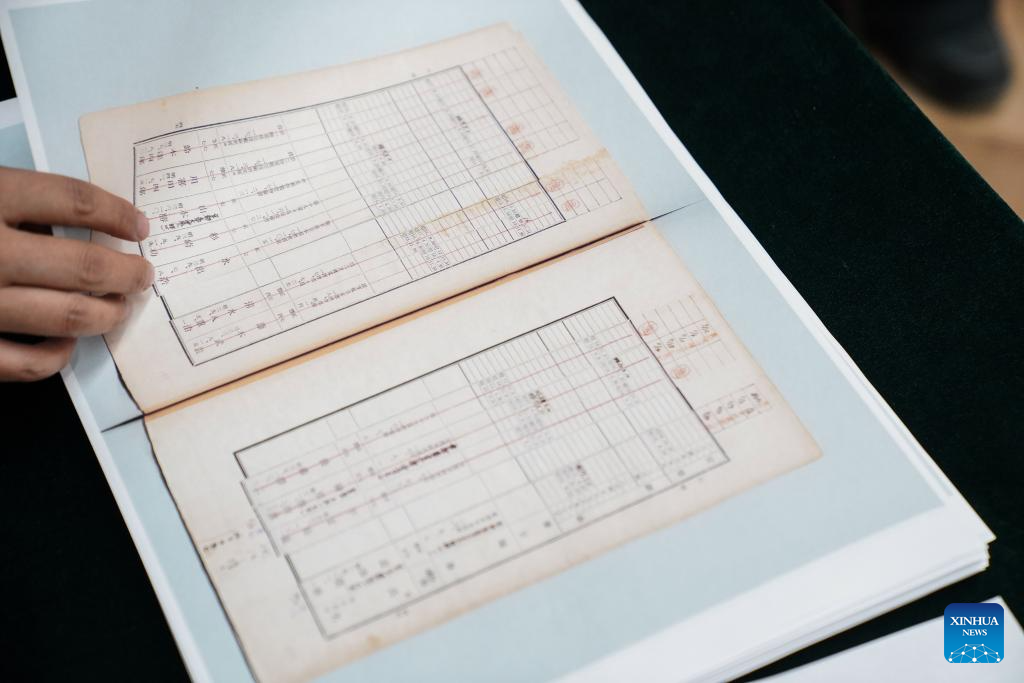
This photo shows a copy of the document about the information of technicians in the Japanese germ-warfare detachments during World War II, at the press center of the Exhibition Hall of Evidences of Crime Committed by Unit 731 of the Japanese Imperial Army, in Harbin, northeast China's Heilongjiang Province, Sept. 17, 2024. (Xinhua/Wang Song)

This photo shows a copy of the document about the information of technicians in the Japanese germ-warfare detachments during World War II, at the press center of the Exhibition Hall of Evidences of Crime Committed by Unit 731 of the Japanese Imperial Army, in Harbin, northeast China's Heilongjiang Province, Sept. 17, 2024. (Xinhua/Wang Song)
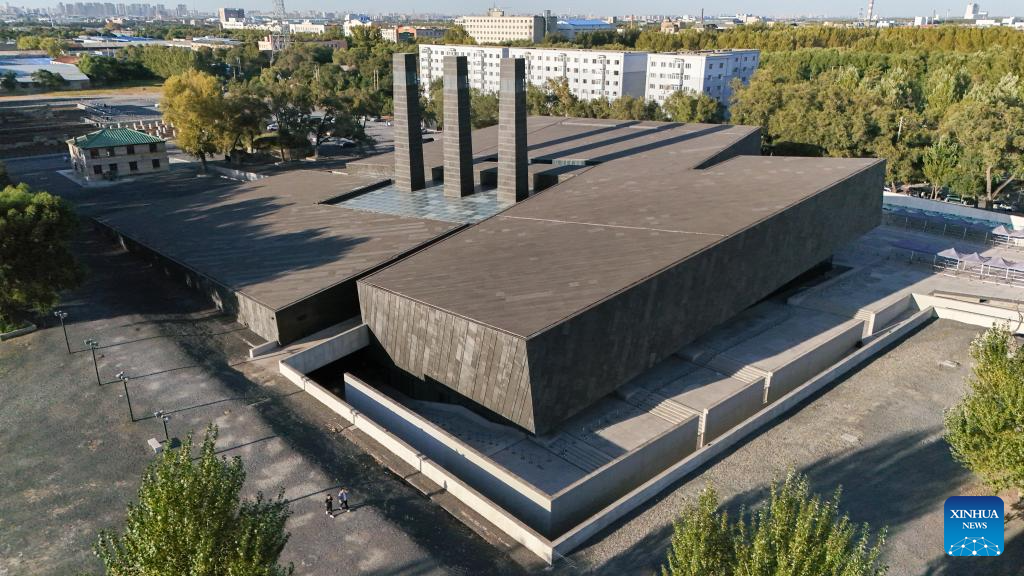
An aerial drone photo shows the Exhibition Hall of Evidences of Crime Committed by Unit 731 of the Japanese Imperial Army in Harbin, northeast China's Heilongjiang Province, Sept. 17, 2024. (Xinhua/Wang Song)

Seiya Matsuno, a Japanese scholar, also a distinguished professor at Heilongjiang International University, arranges a copy of the document about the information of technicians in the Japanese germ-warfare detachments during World War II, at the press center of the Exhibition Hall of Evidences of Crime Committed by Unit 731 of the Japanese Imperial Army, in Harbin, northeast China's Heilongjiang Province, Sept. 17, 2024. (Xinhua/Wang Song)
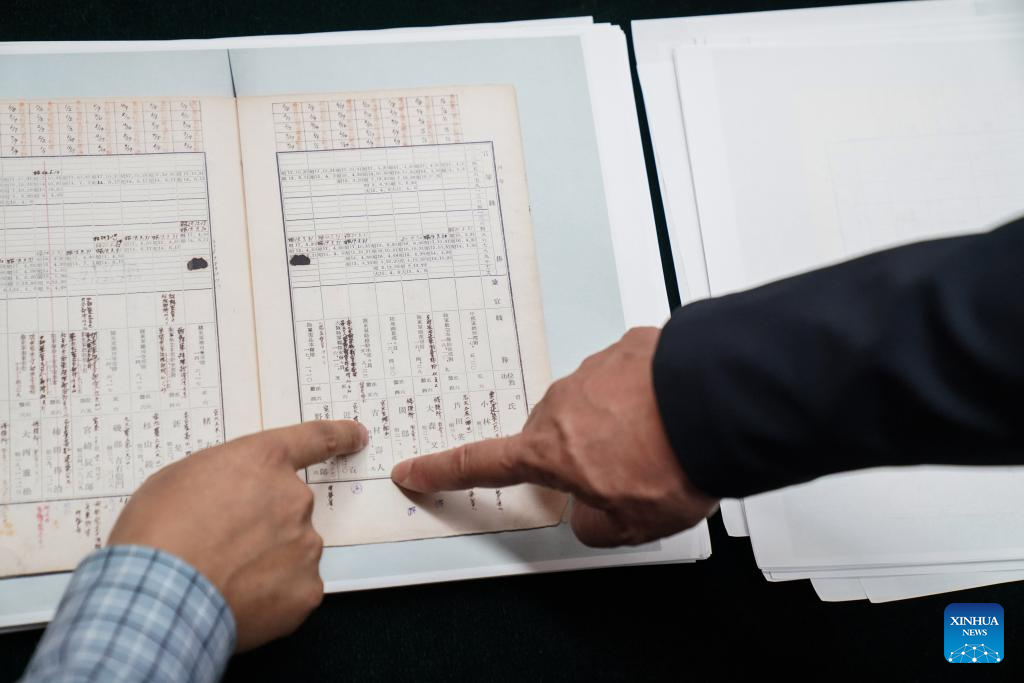
Seiya Matsuno (R), a Japanese scholar, also a distinguished professor at Heilongjiang International University, and Jin Shicheng, a researcher with the Exhibition Hall of Evidences of Crime Committed by Unit 731 of the Japanese Imperial Army, identify a copy of the document about the information of technicians in the Japanese germ-warfare detachments during World War II, at the press center of the Hall in Harbin, northeast China's Heilongjiang Province, Sept. 17, 2024. (Xinhua/Wang Song)

Seiya Matsuno, a Japanese scholar, also a distinguished professor at Heilongjiang International University, arranges a copy of the document about the information of technicians in the Japanese germ-warfare detachments during World War II, at the press center of the Exhibition Hall of Evidences of Crime Committed by Unit 731 of the Japanese Imperial Army, in Harbin, northeast China's Heilongjiang Province, Sept. 17, 2024. (Xinhua/Wang Song)
点击右上角![]() 微信好友
微信好友
 朋友圈
朋友圈

请使用浏览器分享功能进行分享
